03:53
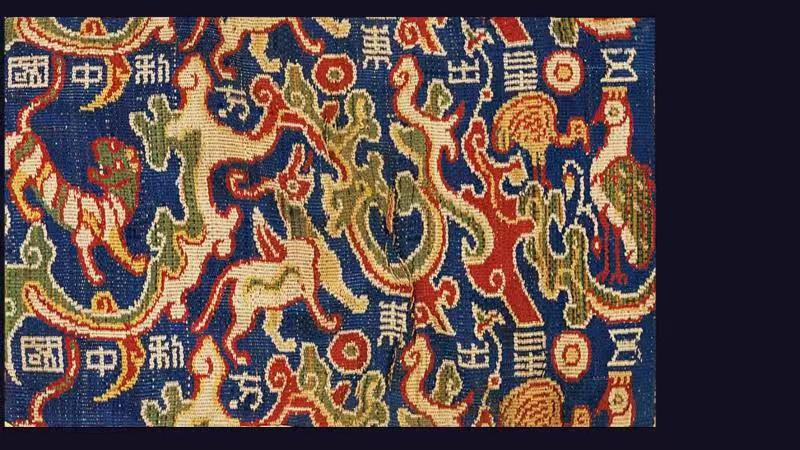
In honor of the 70th anniversary of the founding of the People's Republic of China, Peking University and the Xinjiang Uygur Autonomous Region's Bureau of Cultural Heritage have jointly sponsored a special exhibition titled "Fusion of Colors – Special Exhibition on the Civilization of the Silk Road" at the Arthur M. Sackler Museum of Art and Archaeology at Peking University (PKU) from November 1, 2019, to February 28, 2020.
Based on the history of Xinjiang and the ancient Silk Road, this exhibition is divided into three chapters. It displays 70 national treasures, including the rare "Mummy of Xiao-he."
CGTN interviewed Chen Ling, curator of the exhibition and professor of the Archaeology and Museology College of Peking University.
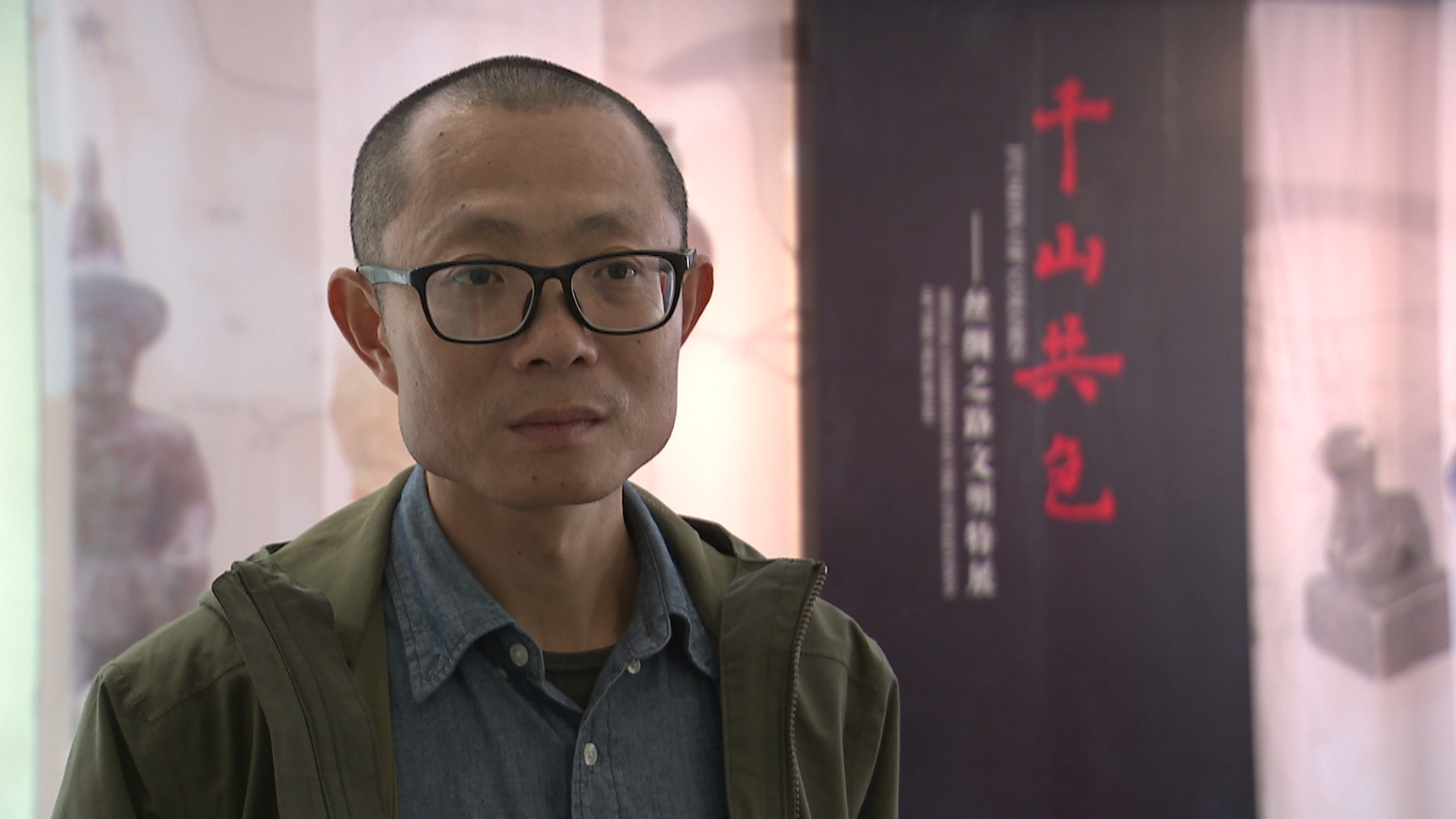
Chen Ling, curator of the exhibition and professor of the Archaeology and Museology College of Peking University. /CGTN Photo
Chen Ling, curator of the exhibition and professor of the Archaeology and Museology College of Peking University. /CGTN Photo
The Silk Road is a cultural route with the largest spatial span and longest duration in human history. It is also a road for communication, dialogue, and integration between the east and the west. The people who traveled along the Silk Road brought with them all kinds of goods and technologies, as well as their own cultures and customs. The Silk Road became a busy and colorful "artery" driving the development of human civilization.
Situated in the heart of the Eurasian continent, Xinjiang was a bridge and bond of the Silk Road with its unique advantages. The Silk Road in the south, north and middle stretches along the Tianshan Mountains and Tarim Basin in Xinjiang.
As Chen said, Xinjiang was like the eyes of the Silk Road, and as the curator of the exhibition, he chose Xinjiang as the entry point and main line of the exhibition.
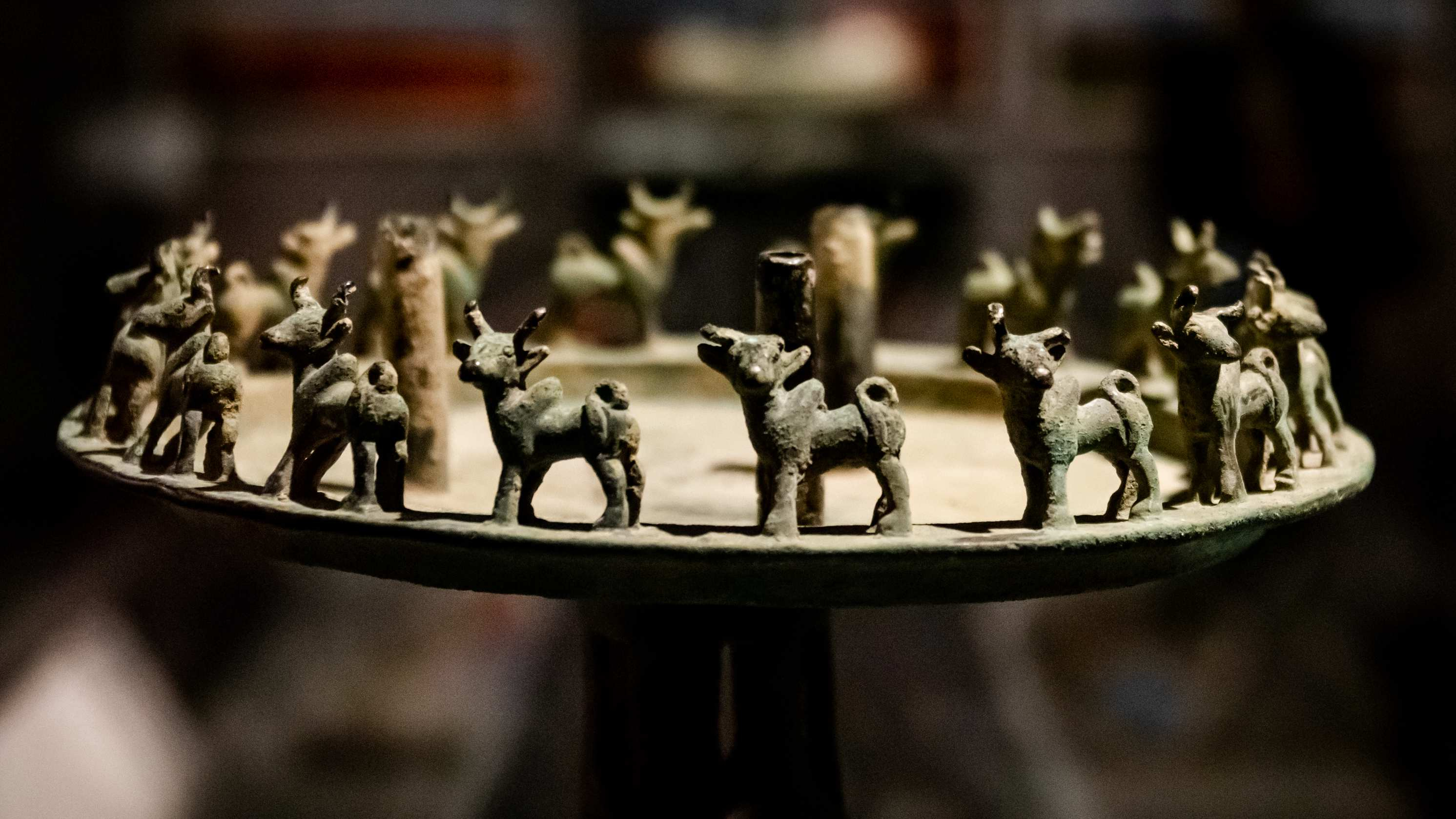
One of the exhibits in the exhibition hall at "Fusion of Colors – Special Exhibition on the Civilization of the Silk Road." /Arthur M. Sackler Museum of Art and Archaeology at Peking University Photo
One of the exhibits in the exhibition hall at "Fusion of Colors – Special Exhibition on the Civilization of the Silk Road." /Arthur M. Sackler Museum of Art and Archaeology at Peking University Photo
Chen added that Xinjiang was not only the first stop for foreign culture to enter China, but also contributed to the formation of Chinese culture in terms of material, technology and culture, and was one of the sources of the formation of Chinese civilization. At the same time, it was the bridgehead of the outward spread of Chinese civilization and the core area of the whole Silk Road.
The particular location also made Xinjiang region a crucial link in the formation and development of Chinese civilization, while Chinese culture provided strong support for Xinjiang's pivotal position on the Silk Road.
This exhibition brings together a total of 70 pieces of precious cultural relics from 11 museums, including Xinjiang Uygur Autonomous Region Museum, Xinjiang Uygur Autonomous Region Institute of Cultural Relics and Archaeology, and Turpan Museum. Each piece carries a heavy history.
Among them is the rare treasure, "Mummy of Xiao-he," also known as "The Beauty of Xiaohe." According to Chen, to restore the original appearance of Xiaohe Cemetery as far as possible, they specially brought the boat-shaped coffins of "Mummy of Xiao-he" to the exhibit. The sand near the burial ground was also transferred from Taklimakan Desert.
"Mummy of Xiao-he" is very well preserved, because of the special environment of Taklimakan Desert. In addition to being exceptionally well preserved, "Mummy of Xiao-he" is also of special research value.
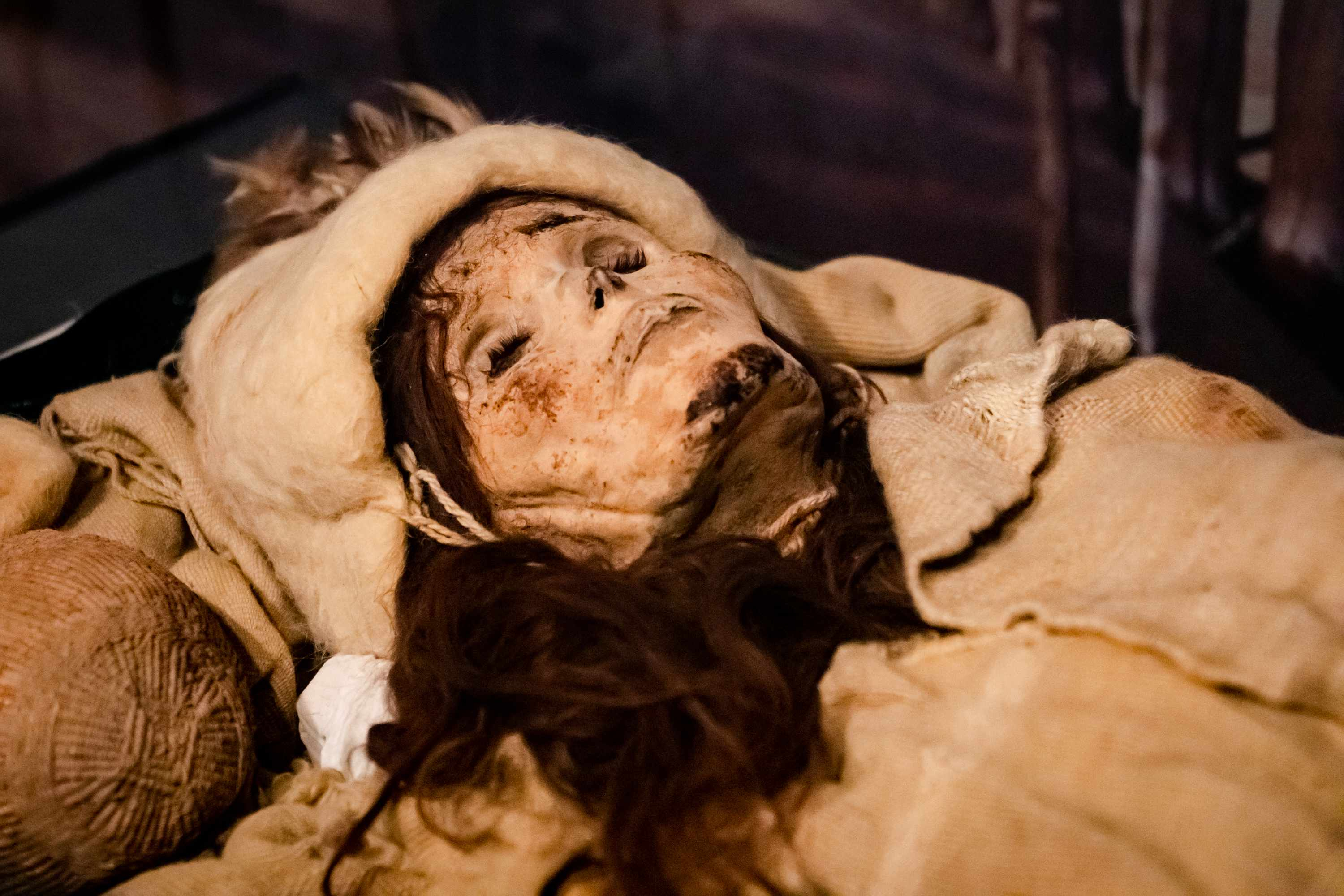
"Mummy of Xiao-he." /Arthur M. Sackler Museum of Art and Archaeology at Peking University Photo
"Mummy of Xiao-he." /Arthur M. Sackler Museum of Art and Archaeology at Peking University Photo
Chen told CGTN that during the excavation, archaeologists found "Mummy of Xiao-he" with ephedra branches. Ephedra is a kind of traditional Chinese medicine, and was used in 'ma fei san,' a kind of anesthetic invented by Hua Tuo, and other medicine. Therefore, the discovery of "Mummy of Xiao-he" also played an important role in the study of the evolution of traditional Chinese medicine, Chen added.
According to Chen, this means that our ancestors were also absorbing some medical knowledge from other regions, and formed the Traditional Chinese Medicine (TCM) after the integration.
In fact, the ephedra on the "Mummy of Xiao-he" tells a lot about a group of people who were far away in the frontier and deep in the desert at that time. They also made contributions to the development of Chinese medicine and pharmaceutical science.
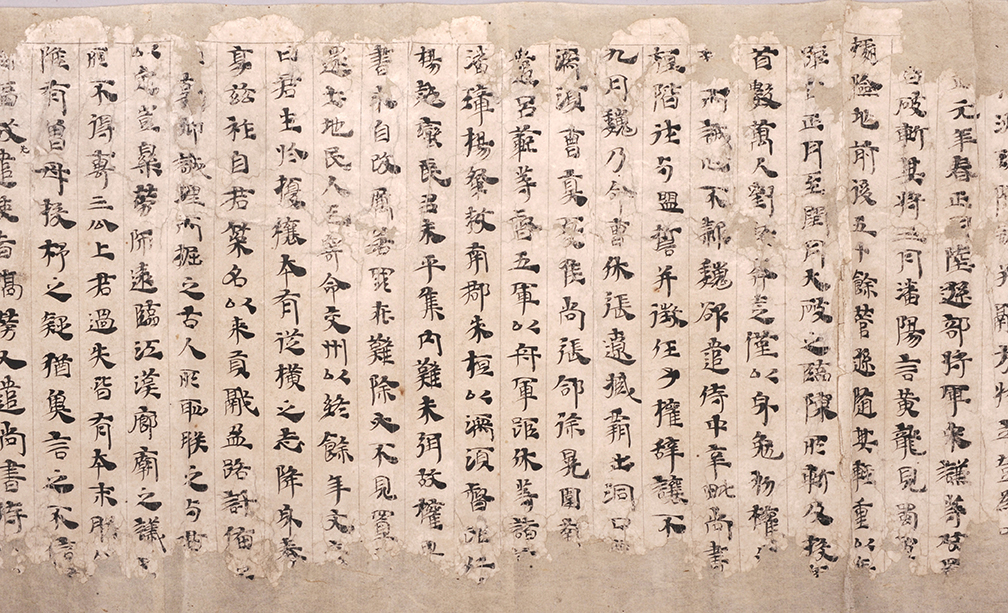
File photo of "Sun Quan's biography from Sanguozhi." /Arthur M. Sackler Museum of Art and Archaeology at Peking University Photo
File photo of "Sun Quan's biography from Sanguozhi." /Arthur M. Sackler Museum of Art and Archaeology at Peking University Photo
In addition, there is the "Trappings of 'Yingpan Man'," which represents the integration of culture and clothing of China. The earliest collection of "Records of the Three Kingdoms," including physical manuscripts, is also on display in the exhibition hall.
The exhibition will run until February, and visitors can enter the museum free of charge with valid identification, subject to Peking University's reservation system.
Videographer: Shen Langlang
Video editor: Wu Chutian